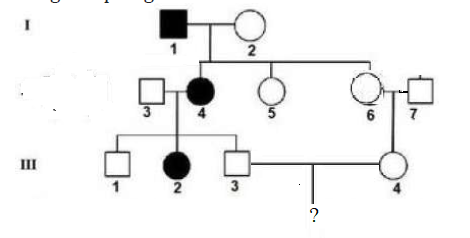TLS Online TPP Program
More Questions
TLS Online TPP Program
#Question id: 3440
#Unit 11. Evolution and Behavior
Which of the following is least related to the others?
TLS Online TPP Program
#Question id: 3441
#Unit 11. Evolution and Behavior
Animals tend to maximize their energy intake-to-expenditure ratio. What is this behavior called?
TLS Online TPP Program
#Question id: 3443
#Unit 11. Evolution and Behavior
The evolution of mating systems is most likely affected by
TLS Online TPP Program
#Question id: 3444
#Unit 11. Evolution and Behavior
Which of the following is least related to the others?
TLS Online TPP Program
#Question id: 3445
#Unit 11. Evolution and Behavior
Which one of these concepts is not associated with sociobiology?
TLS Online TPP Program
#Question id: 3446
#Unit 11. Evolution and Behavior
Which of the following is least related to the others?

